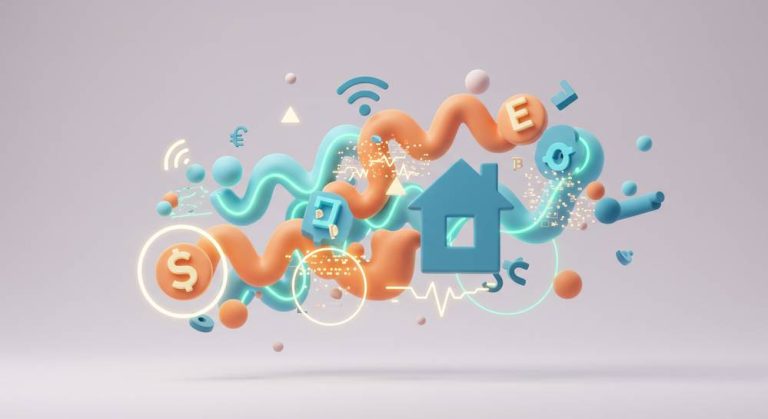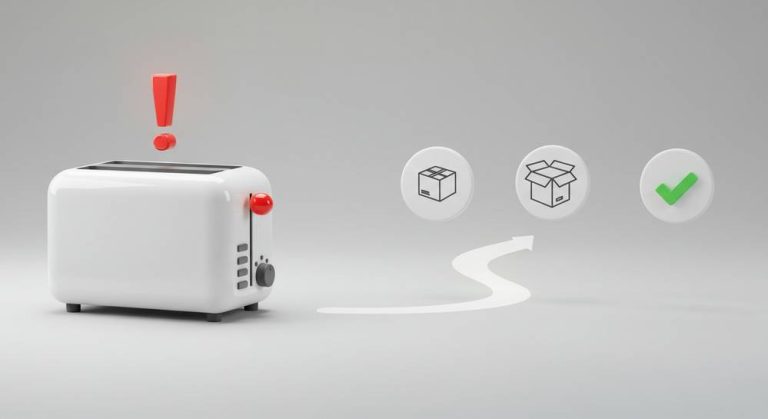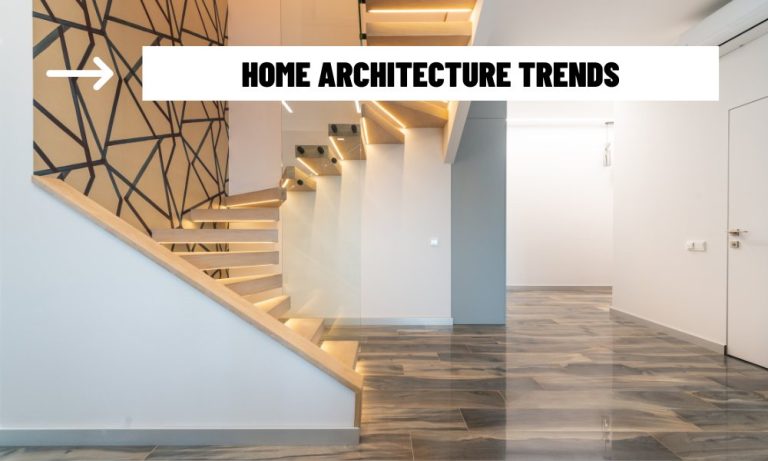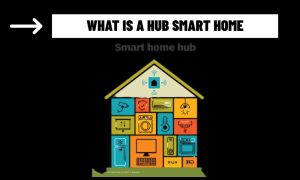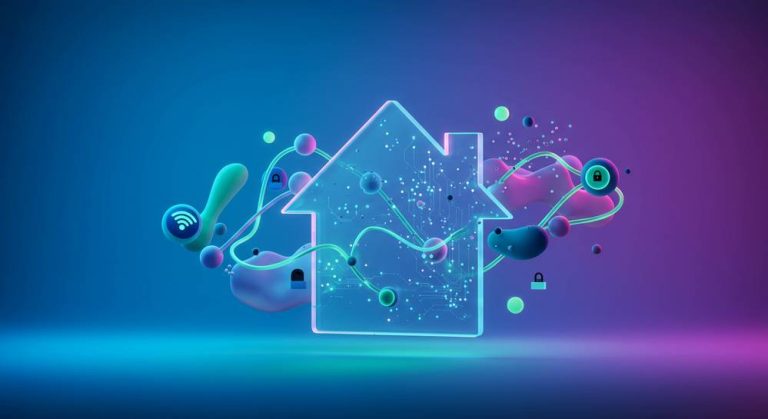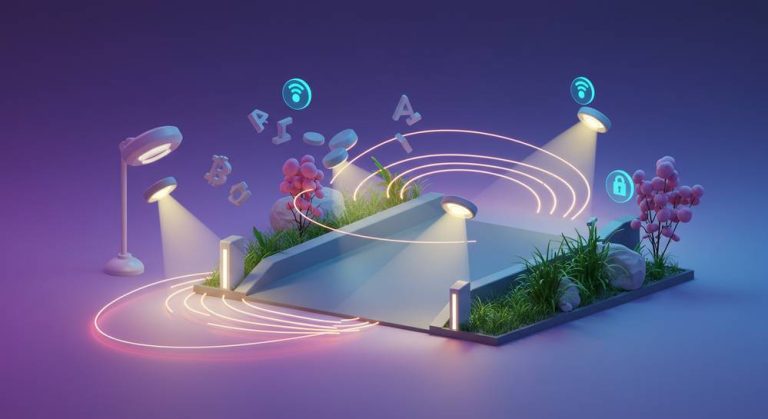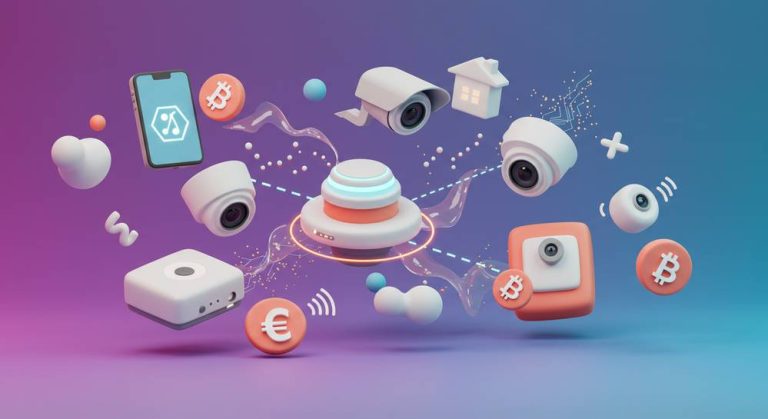Do Smart Homes Use More Electricity?
The question of whether smart homes consume more electricity than traditional homes is a valid one, especially as more people adopt smart home technologies to enhance convenience, security, and efficiency. On the surface, it might seem that adding more electronic devices to a home would naturally increase energy consumption. However, the relationship between smart home technology and electricity usage is not so straightforward. While it’s true that some devices may use more energy than their traditional counterparts, many aspects of IoT (Internet of Things) devices are specifically designed to reduce power usage.
Smart Home Devices and Energy Efficiency
At the core of smart home technology lies energy efficiency. Devices like smart thermostats, smart lighting systems, and smart appliances are designed to monitor and adjust their operations to match your lifestyle, significantly cutting down on wasteful energy consumption. For example, a smart thermostat doesn’t just maintain a set temperature; it learns when you’re typically at home and when you’re away, adjusting heating or cooling accordingly. This means that your HVAC system isn’t running unnecessarily, which directly translates to lower energy consumption. Smart thermostats help homeowners save on heating and cooling costs, which account for a significant portion of household energy usage.
Similarly, smart lighting systems adjust based on motion or ambient light levels. Instead of leaving lights on all day or night, they automatically turn off when no one is around. This means no more wasting electricity on lights that are not being used, resulting in lower utility bills over time. Moreover, many smart light bulbs use LED technology, which is far more energy-efficient than traditional incandescent or halogen bulbs.
Do Smart Homes Use More Energy?
Despite the clear advantages in terms of energy conservation, it’s essential to acknowledge that any device that connects to the internet or requires continuous power will consume electricity. The smart hubs, voice assistants, and other always-on devices in a smart home do contribute to a small increase in energy usage. Devices like Amazon Echo or Google Nest typically consume minimal power, but over time, these devices can add up, especially if there are several of them around the house.
However, the increase in electricity usage due to these devices is usually negligible compared to the energy savings that other smart systems enable. The key factor is how these systems are used. For example, having a smart refrigerator may add to your energy consumption, but many of these appliances are more energy-efficient than older models. These smart devices often come with features like energy optimization modes and real-time monitoring, allowing homeowners to manage energy consumption more effectively.

The Bigger Picture: Long-Term Savings
When looking at the overall picture, it’s clear that the efficiency gains from smart home devices tend to outweigh the minor increases in energy use. For example, smart home automation can help ensure that your home’s heating and lighting systems are never left running longer than needed, and smart meters allow you to track energy usage in real time. Over time, these adjustments lead to significant energy savings.
Furthermore, smart homes also enable users to take advantage of time-of-use electricity rates. Many smart devices can be scheduled to operate during off-peak hours, when electricity costs are lower. This feature can be particularly useful for devices like washing machines, dryers, and water heaters, which are typically high-energy consumers.
Conclusion
So, while it’s possible that some individual devices in a smart home may use more electricity than traditional alternatives, the overall energy footprint of a smart home is typically lower, especially when the devices are properly utilized. The main takeaway is that smart home technology, when used effectively, is about reducing waste and optimizing energy consumption. By incorporating intelligent automation and energy-efficient devices, smart homes are designed to lower overall electricity usage and provide long-term savings.

